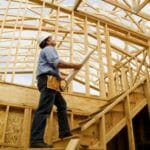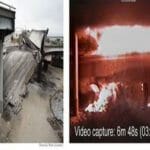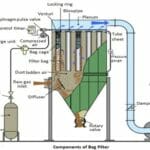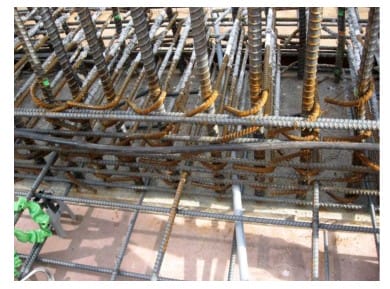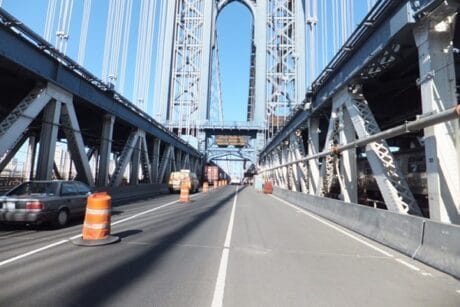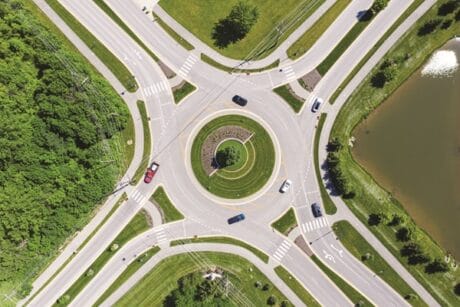No products in the cart.
- Course No.: E – 2019
- PDH Units: 2
Course No.: E - 2019
PDH Units: 2
- Course No.: E – 2019
- PDH Units: 2
Course No.: E - 2019
PDH Units: 2
Intended Audience: Civil & Structure Engineers.
PDH UNITS: 2
The objective of this course is to assist a licensed design professional, forensic structural engineers, consulting engineers or/and a licensed general contractor to deeply know, and understand the fundamental principles that should be observed strictly at the conceptual planning stage of a building since these have a great impact on the overall performance of the building during an earthquake. The behavior of a structure during an earthquake depends largely on the form of the superstructure and on how the earthquake forces are carried to the ground. For this reason, the overall form, regular configuration, flow of loads, and framing system of building may be of serious concern if not taken care of in the first stage of planning. Until now, there is not enough coverage in the references that the structural engineers can refer to, and this course is considered a pioneer in this field and has a precedence. The first nine sections of this course deal with the fundamental principles that should be observed strictly at the conceptual planning stage of a building since these have a great impact on the overall performance of the building during ground motion. Next, functional planning and the framing systems are discussed. The type of framing system opted will govern the load transfer mechanism for gravity and lateral loads and may dictate the choice of particular materials for construction to be used for good performance and economy. The course ends with the desirable properties of construction materials for earthquake-resistant structures.
Learning Objectives
At the successful conclusion of this course, you’ll be able to identify and discuss:- Important concepts affect the overall performance of the building during earthquake as:
- Continuous load path
- Overall form
- Simplicity, uniformity, and symmetry
- Elongated shapes
- Stiffness and strength
- Horizontal and vertical members
- Twisting of buildings
- Ductility
- Flexible building
- Functional planning
- Framing systems
- Effect of non-structural elements
- Choice of construction materials
- Detailed solved examples
Once completed, your order and certificate of completion will be available in your profile when you’re logged in to the site.


